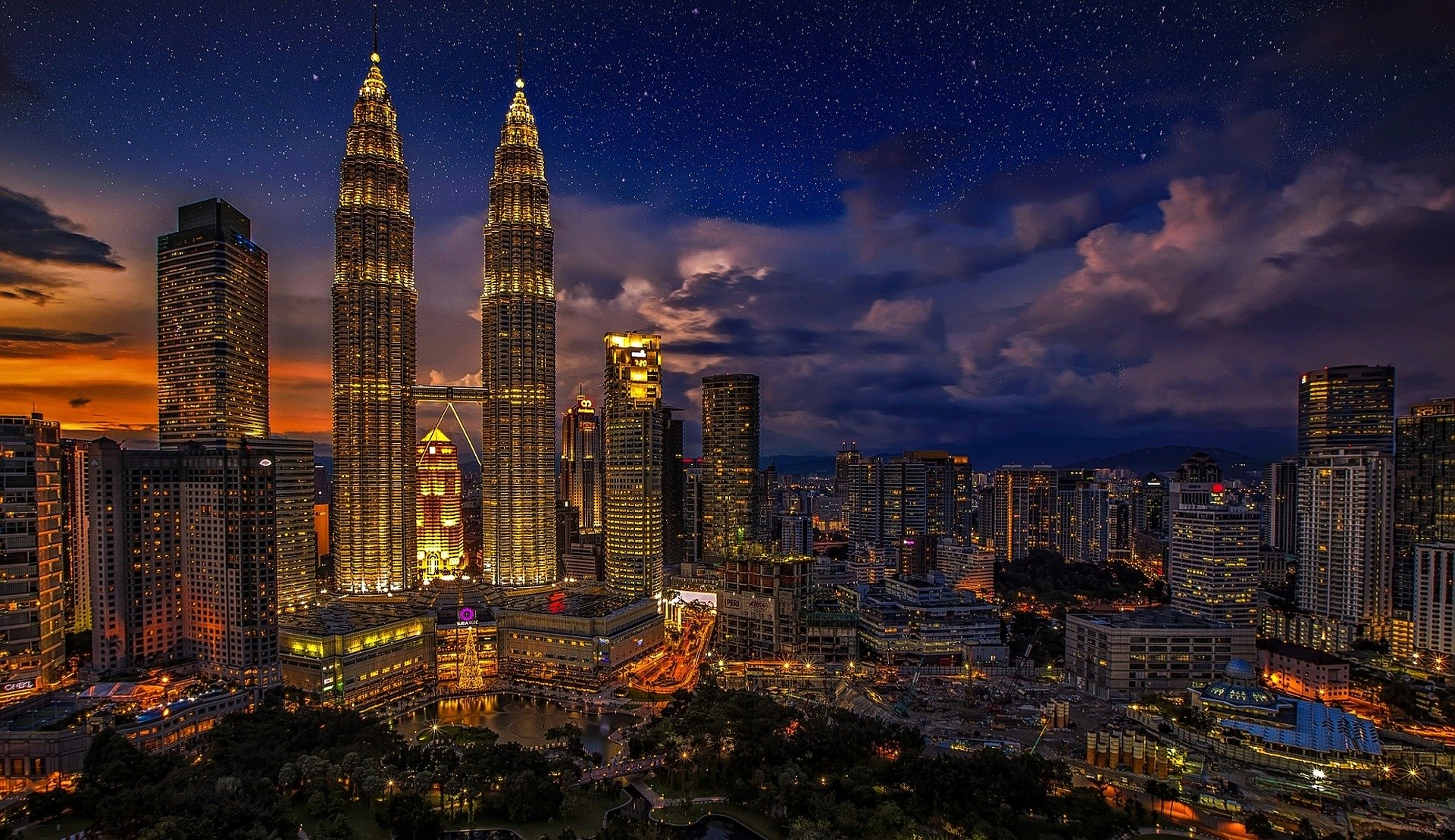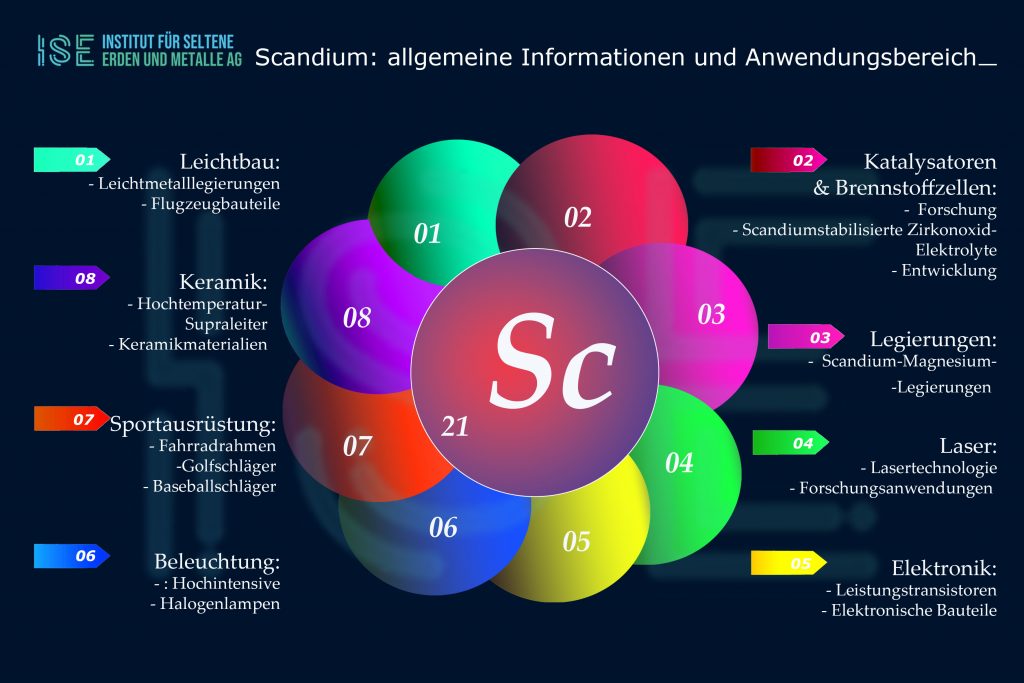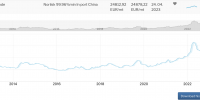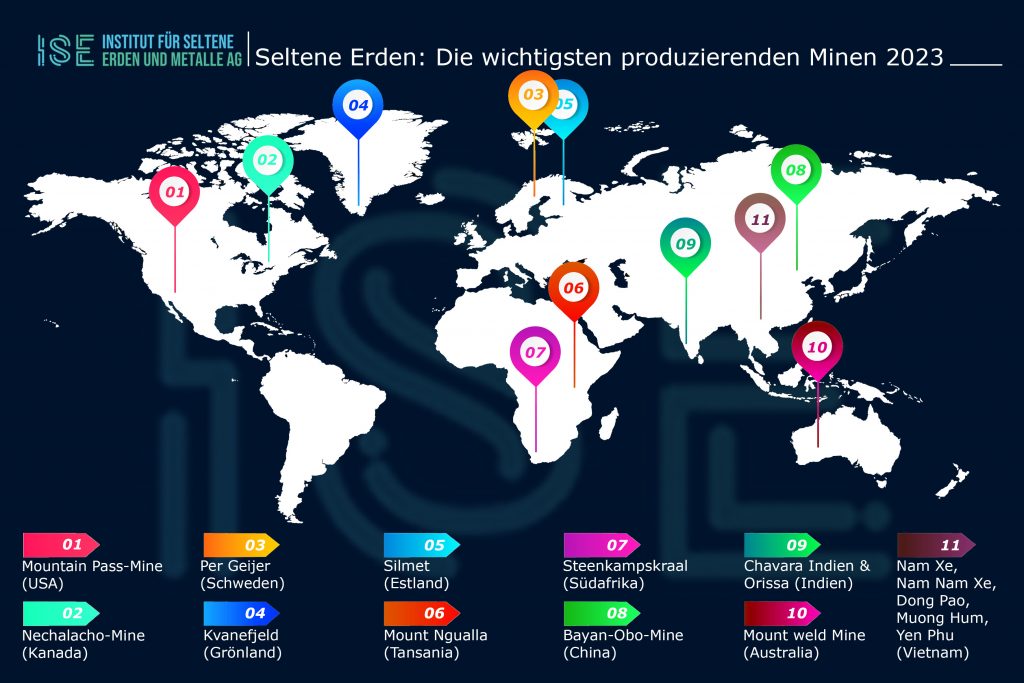Malaysia is a good example in the energy industry
Why the global switch to renewable hydropower could be the answer to limiting climate change.
Sarawak, the Malaysian state on the Southeast Asian island of Borneo, relies on renewable energy from its abundant water supply
The state-owned energy company Sarawak Energy relies on hydropower because it is pursuing three of the 17 UN goals for sustainable development.
Human activities currently consume nearly 150.000 terawatt hours of energy per year - 25 times more than in 1800.
Today's energy supply is largely derived from fossil fuels that have been shown to make a significant contribution to climate change.
"It's clear that this is a huge burden on the environment," Eddie Rich, CEO of the International Hydropower Association, a non-profit promoting sustainable hydropower, told the Morning Post Morning Studio in southern China.
“[We] are consuming the world's resources and making a huge contribution to climate change - human-made climate change. We have to do something to move beyond this dependence on fossil fuels to renewable energies. "
As the fossil fuel reserves are exhausted, industry and governments are increasingly looking for other alternative energy sources, especially renewable energies.
So far, the focus of renewable energies has been on solar and wind energy, but what happens when the sun goes down and the wind speed drops?
The Malaysian state of Sarawak - home to more than 55 rivers with a total length of over 3.300 km (2.050 miles) on the island of Borneo - is playing to its strengths and sustainable competitive advantage by investing in hydropower to drive development. The aim is to fully electrify Sarawak by 2025.
Focus on affordable and clean electricity
Hydropower is the largest renewable energy source in the world, which supplies around 16 percent of the world's electricity.
Sarawak joins other hydropower successes around the world, including Norway, Canada, Brazil and China.
Sarawak's three large hydropower plants currently have a total installed capacity of 3.452 MW of renewable energy. This is in line with the goal of the state energy developer and energy company Sarawak Energy to contribute to the fulfillment of one of the 17 sustainability goals of the UN (Sustainable Development Goals - SDG) for affordable and clean energy.
This has resulted in a 77 percent reduction in carbon emissions from the state's electricity system since 2009, when Sarawak began to focus heavily on hydropower.
This reduction has in turn helped Malaysia to achieve the 21 percent reduction target by 45 at the UN Climate Change Conference (COP2030). This is to be achieved even though the share of hydropower in the energy mix in Malaysia outside Sarawak is less than 10 percent.
The availability and accessibility of hydropower sources in the state reflects countries such as Norway and Uruguay, where almost 100 percent of the electricity is generated from hydropower.
"There are opportunities for more growth in hydropower around the world right now," says Rich.
“As I look to the future of hydropower, I hope there will be a lot more of it - and it will replace much of fossil fuel production and complement other forms of renewable energy.
"I also hope that she will use the lessons of the past regarding environmental, social and climatic impacts to ensure that the impacts can be very positive."
Sarawak not only has an abundance of waterways, but also benefits from year-round rainfall and tropical monsoons.
This wealth of water has made Sarawak a major player in the Association of Southeast Asian Nations electricity network; The country has been exporting electricity to West Kalimantan via the Indonesian border since 2016.
By working with neighboring utility companies such as PLN in Indonesia and Sabah Electricity Sdn Bhd in Sabah, Sarawak Energy plans to complete a Borneo grid that will connect the member states of Borneo - Brunei, Sabah and Kalimantan - with its water resources.
In the longer term, Sarawak can potentially export electricity to Southeast Asian countries outside of Borneo, such as parts of the Philippines, Java, Indonesia, Singapore and West Malaysia.
State combines different energy sources
To further maximize hydropower, the possibilities of how it can complement other forms of renewable energy should be fully explored, says Rich.
Hydropower currently accounts for 75 percent of the total electricity generation mix in Sarawak.
To ensure energy security, the state balances its hydropower with thermal energy from domestic gas and coal deposits. Sarawak is also researching the large-scale production of solar power that floats on existing lakes instead of clearing land for solar parks.
Sarawak Energy aims to generate 2030 percent of the total mix of solar and other renewable energies on a large scale by 4.
Due to the diverse geographic composition of the state, Sarawak Energy also uses micro-water and solar hybrid systems to provide electricity to scattered and remote rural communities. The energy company is also researching the potential of hydrogen as an alternative fuel and energy.
The UN's 17 SDGs are interconnected, so it may be too difficult to achieve them all by 2030, but some key goals should be within reach by then: affordable and clean energy (Goal # 7) that works closely with decent work and economic growth (Goal # 8) and climate protection through the reduction of carbon emissions (Goal # 13).
With a good mix of different renewable energy sources, Sarawak is creating a template for countries across Southeast Asia and the wider region to free themselves from the dependence on coal and gas-generated electricity and at the same time make their contribution to achieving the 17 SDGs.
South China Morning Post / ISE - January 2020






